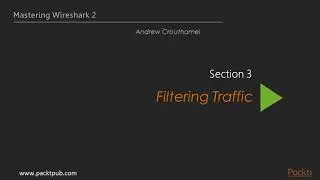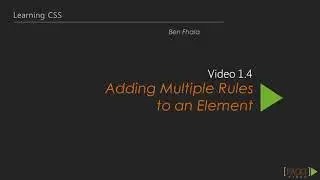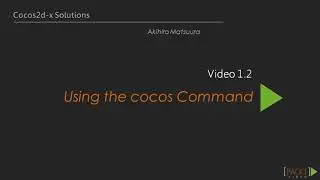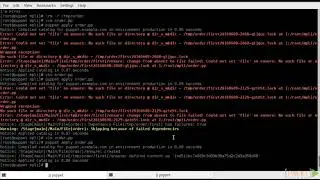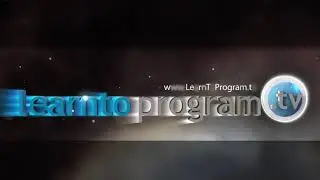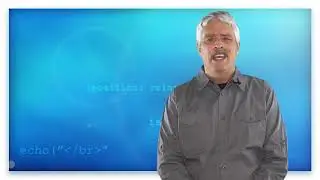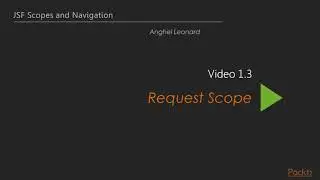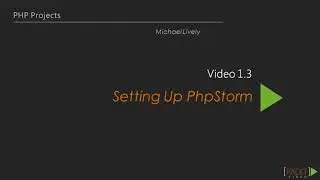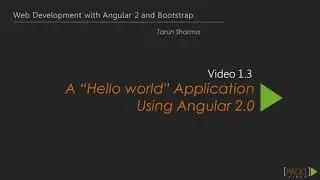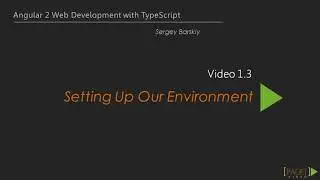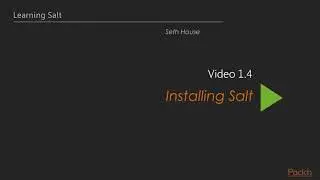OpenCV Computer Vision Application Programming [Video Course]
OpenCV Computer Vision Application Programming [Video Course]
Incorporate OpenCV's powerful computer vision application programming techniques to build and make your own applications stand out from the crowd
Features
Learn everything you need to get started with OpenCV
Contains many practical examples covering different areas of computer vision that can be mixed and matched to build your own application
Packed with code with relevant explanation to demonstrate real results from real images
Learning
Learn what OpenCV is and how to install it on Linux and Windows
Development with OpenCV using the recommended C++ interface, as well as an introduction to the Python and C interfaces.
Segment objects in your images using grabcut and watershed, cluster your data, and spot interesting points in the image
Merge different images into a single panorama using the technique called panorama stitching
Detect common objects in your images, like faces, eyes, or people
Train your own object detector to detect custom objects
Recognize a face among many others
Learn to calibrate your camera
Remove or reduce the distortion of an image caused by the lens, commonly known as barrel distortion
Change the perspective of an image to match a different 3D pose
Create an image that represents depth information of the scene using stereoscopic images
About
OpenCV (Open Source Computer Vision) is a library of programming functions that can be used for many applications such as augmented reality, robotics, surveillance, medical imaging, identification, to mention only a few. With OpenCV, developers can avoid the use of complex mathematics and algorithms and focus on developing applications, taking advantage of the comprehensive, ready to use functionality of OpenCV to automate tasks that a human performs visually. This course will expose you to the key concepts of OpenCV and enable you to build your own computer vision applications.
"OpenCV Computer Vision Application Programming" allows you to dive into the world of computer vision and get many practical benefits from it with minimal effort. You will learn to recognize and identify specific faces among others, or even train your very own object detector to use it for your own specific purposes.
"OpenCV Computer Vision Application Programming" helps you get started with the library by first learning how to install OpenCV correctly on your system. You will then explore basic image processing concepts as well as the different interfaces that you can use in OpenCV. Develop techniques to separate foreground and background in your images, create stunning panoramas easily by stitching normal images together, enhance your photographs, calibrate your camera and automatically detect common objects like faces or people on your images. Reduce the distortion of your photographs and make straight lines of the scene look straight instead of bent in your images.
You will learn to change the perspective of your images so that it appears that you are moving around, similar to google street view navigation and develop a 3D representation of a scene using stereoscopic images.
On completion of this course, you will be able to mix and match the provided examples to build your own application.
Getting Started with OpenCV
Introduction to OpenCV
Installation on Linux
Installation on Windows
OpenCV Basics
OpenCV Interfaces
C Interface Basics
C++ Interface Basics
Python Interface Basics
Drawing Shapes
Image Processing
Blurring an Image
Understanding Image Morphology
Applying Geometric Transforms to an Image
Understanding Histograms
Segmenting Images and Obtaining Interesting Points
Clustering Data with k-means
Segmenting an Image using the watershed algorithm
Segmenting an Image Using the grabcut Algorithm
Finding and Matching Interesting Points
Computational Photography
Creating a Panorama
Removing Unwanted Objects
Enhancing Low Light Images
Working with HDR Images
Recognizing Objects
Detecting Shapes
Detecting Faces
Detecting People
Training your own detector
Recognizing faces
Calibration and Stereo Images
Calibrating the Camera
Undistorting an Image
Projecting an Image
Understanding Stereo Images
Generating a Depth Map








